Flora of our Garden in Portland
While I am smitten by the idea of naturalism, and have always wanted to develop an intuition for identification, I simply have never devoted the practice required to become adept at it. Spending time around plants and appreciating them does not by osmosis inform you of their families, names, and whatnot, so for someone who has spent substantial time in nature, I can name pitifully few flora that I see and appreciate.
I can’t argue against the saying that “to name a thing is to know it”. While naming things is primarily useful for developing our collaborative understanding of our world, there is also value naming things for our personal understanding. A thoughtful taxonomy for any subject, such as exists with millennia of prior art for flora and fauna, allows us to better understand the principles and characteristics from which the general classes and patterns may be derived. I’d always therefore prefer the abstract knowledge of the plant kingdom’s families over being able to identify individual specimens, though these abilities are very interrelated.
And so today I walked through our yard (I hesitate to call it a garden, which implies more thoughtful curation, though it’s getting there) to identify what’s there. I took the following photographs with PlantNet, as recommended by the New York Times, and thought it did an excellent job identifying species, drawing from a staggeringly large database of over 5 million crowd-sourced images. And though I can’t personally vouch for the accuracy, there were a few test cases (including the Dawn Redwood and Cherry trees) that I had pre-knowledge of from arborists, and the app summarily identified them. Finally, although this writeup amounts to little more than someone walking around their yard with a phone, if nothing else I became more educated on the subject of why our garden has so many weeds (Purple deadnettle is a notoriously prolific, though also medicinal weed).
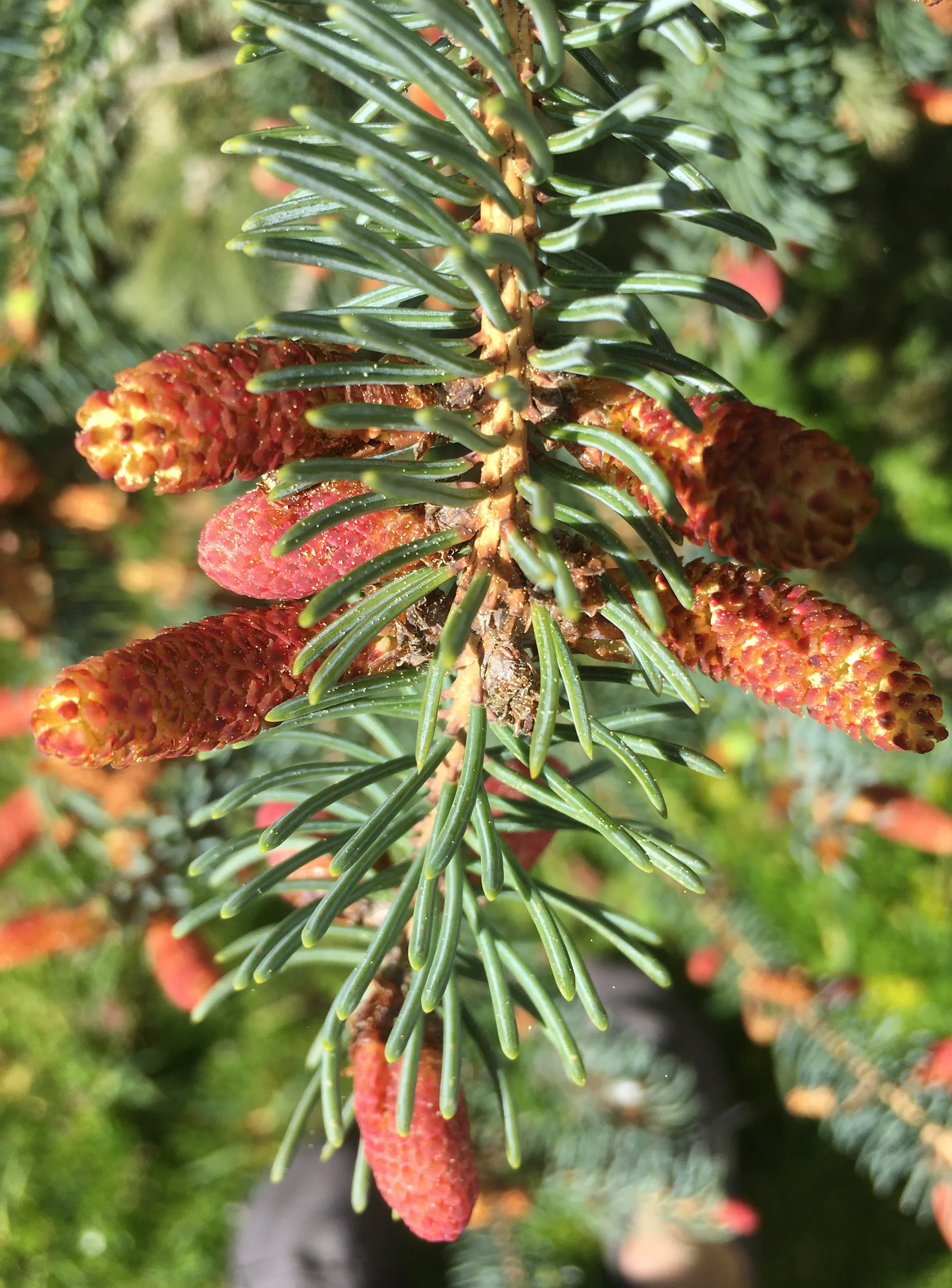
Colorado Blue Spruce
Picea pungens
Pinaceae

Grape hyacinth
Muscari armeniacum
Asparagaceae
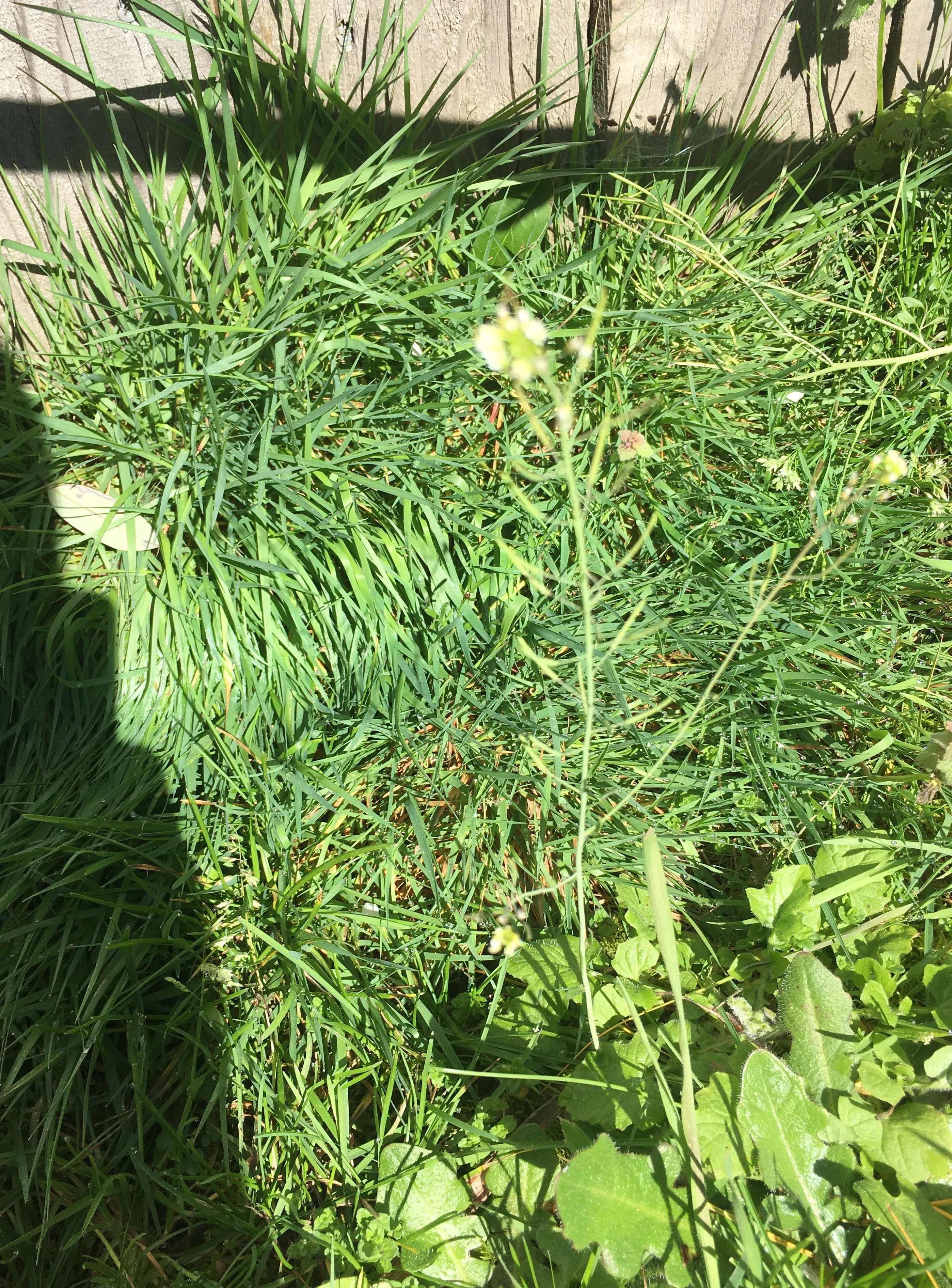
Thale-cress
Arabidopsis thaliana
Brassicaceae
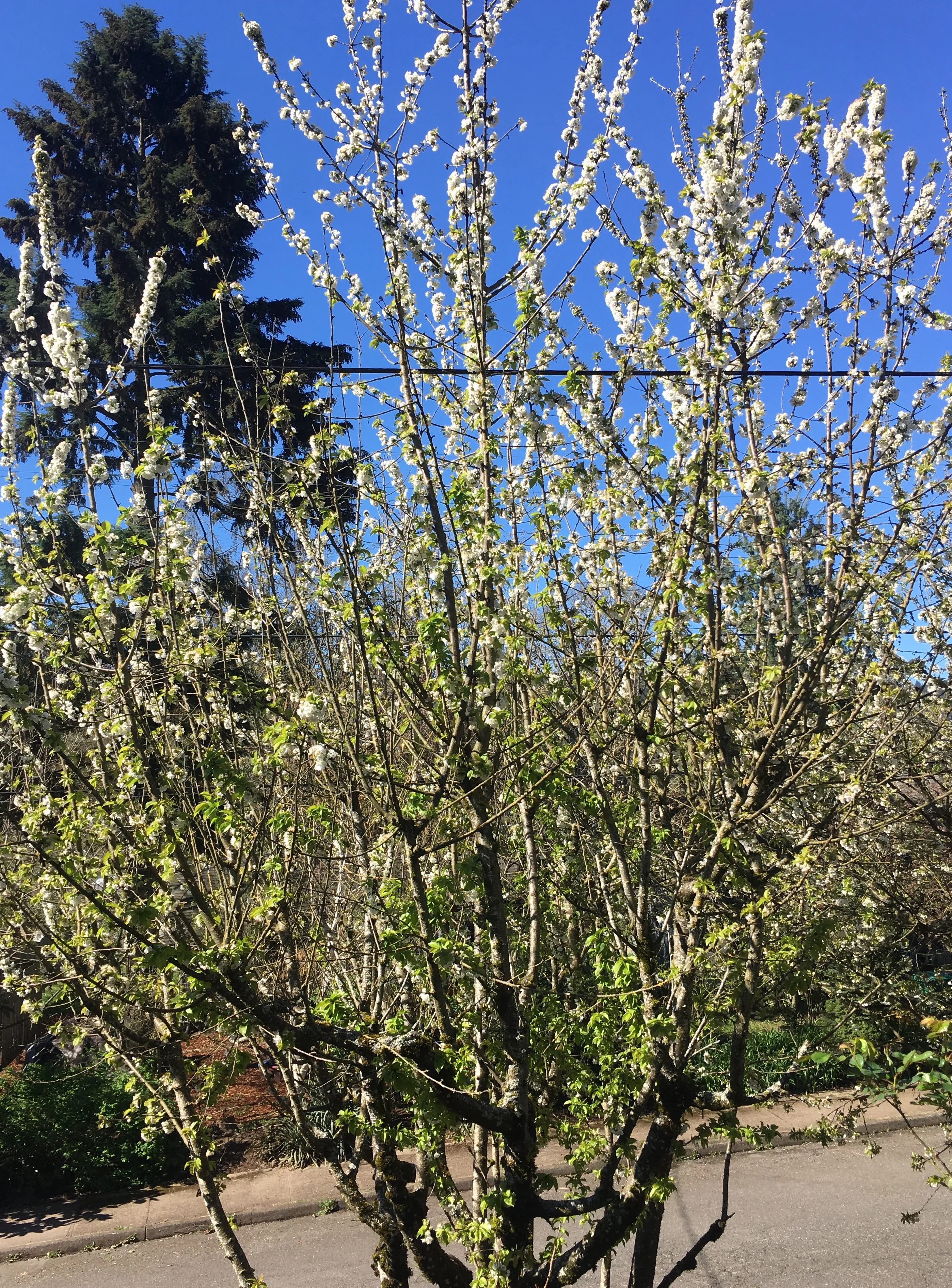
Sour cherry
Prunus cerasus
Rosaceae
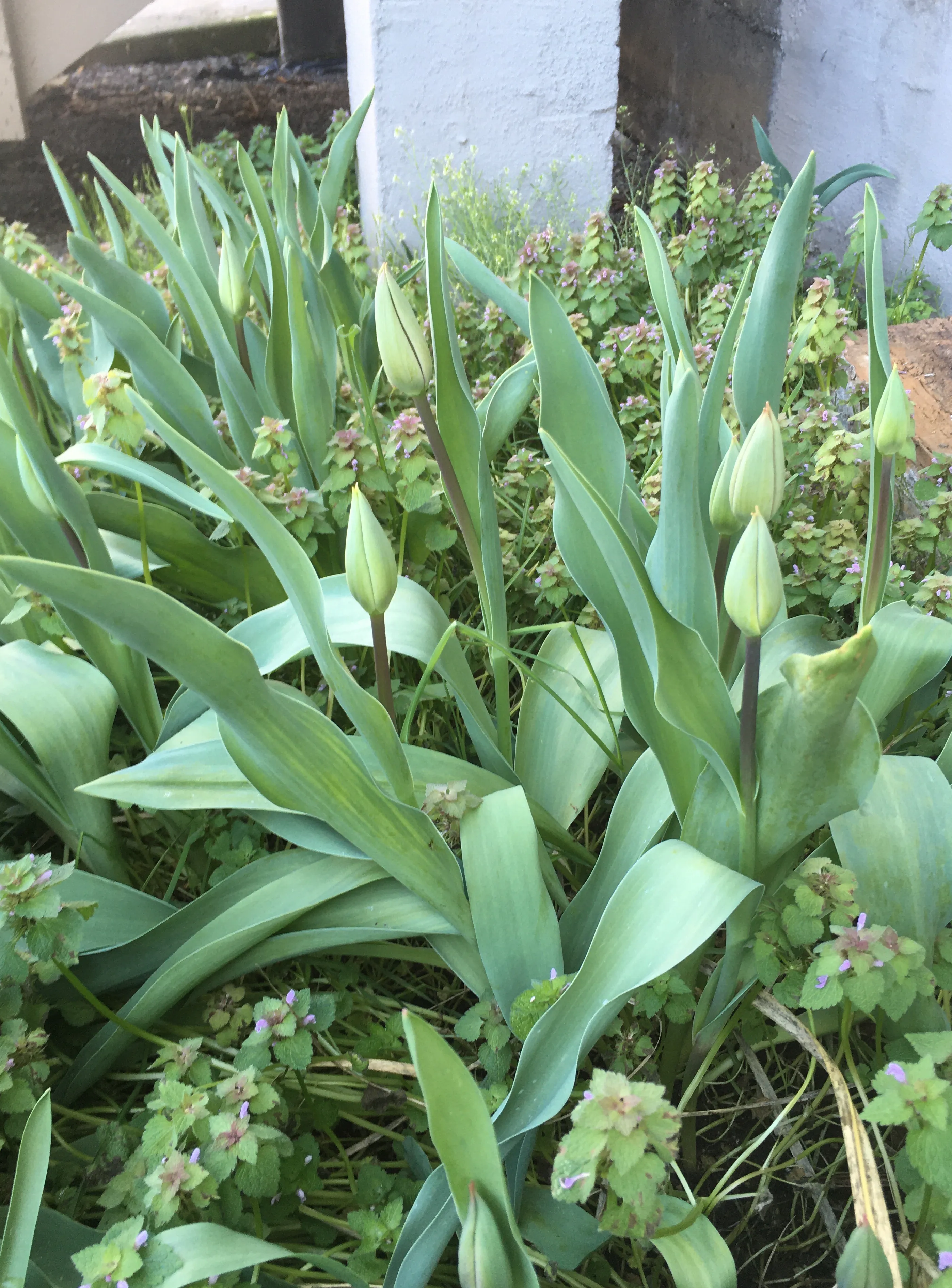
Tulipa gesneriana
Didier’s tulip
Liliaceae
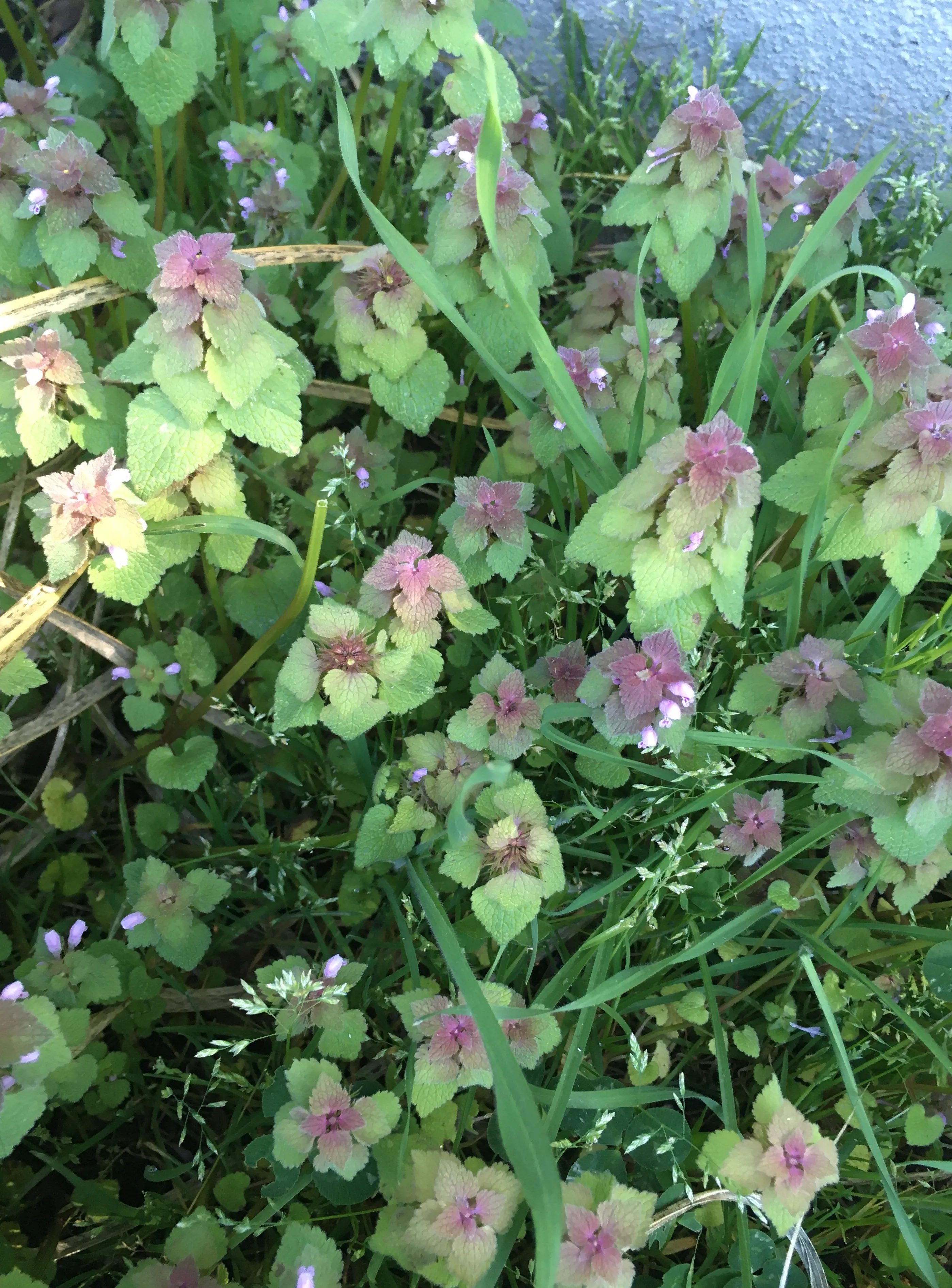
Purple deadnettle
Lamium purpureum
Lamiaceae
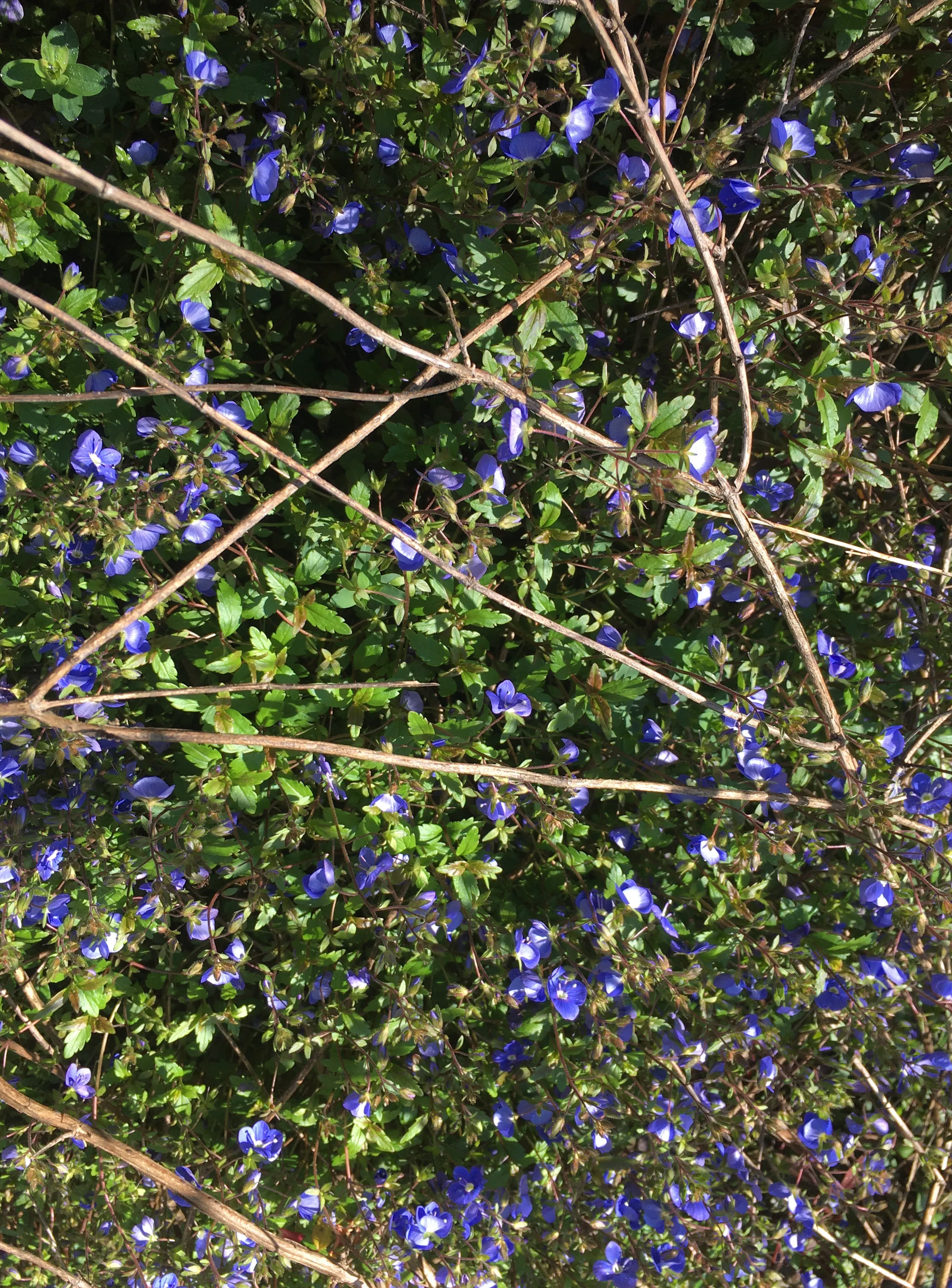
Creeping speedwell
Veronica peduncularis
Plantaginaceae
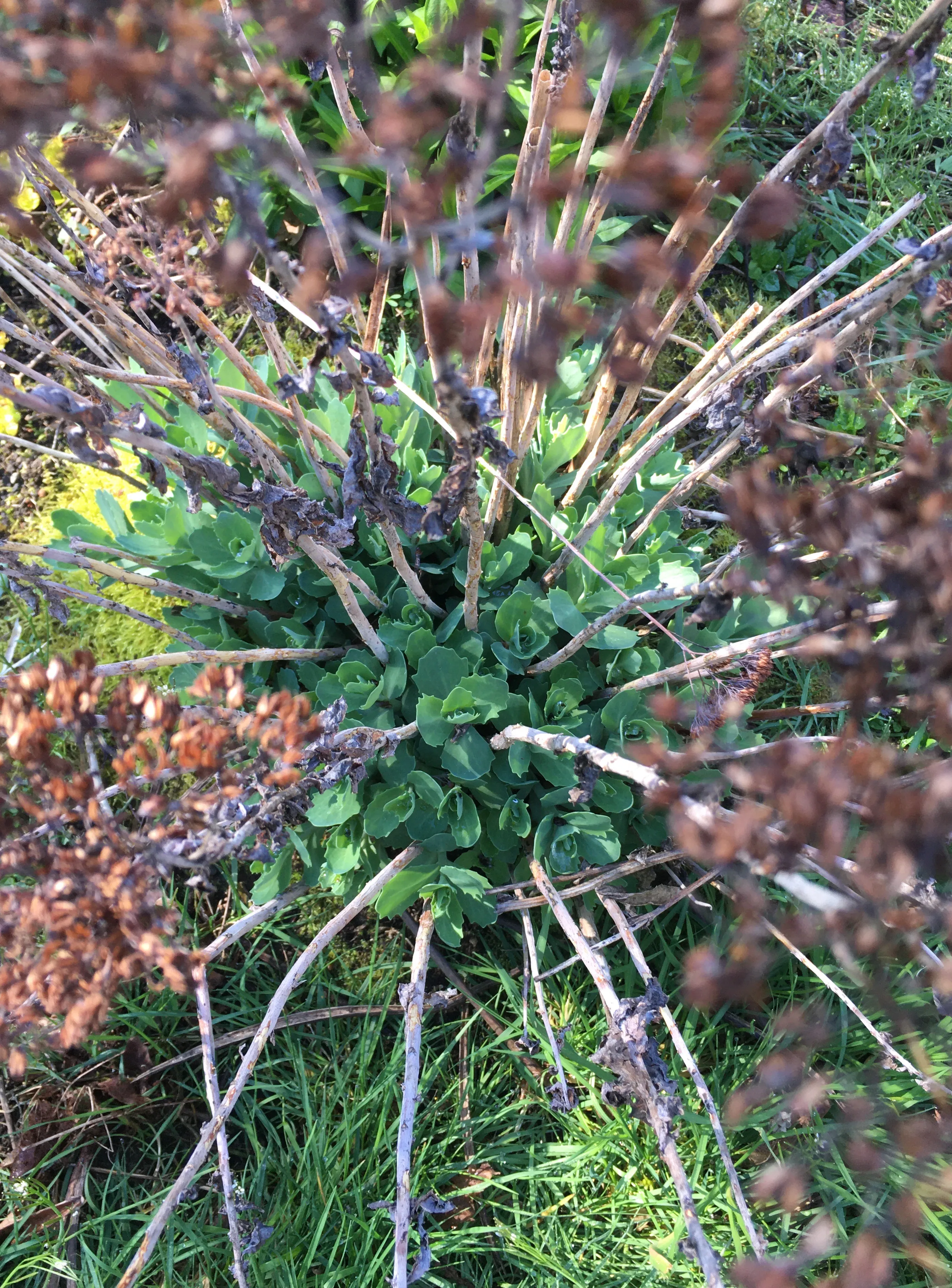
Butterfly stonecrop
Hylotelephium spectabile
Crassulaceae
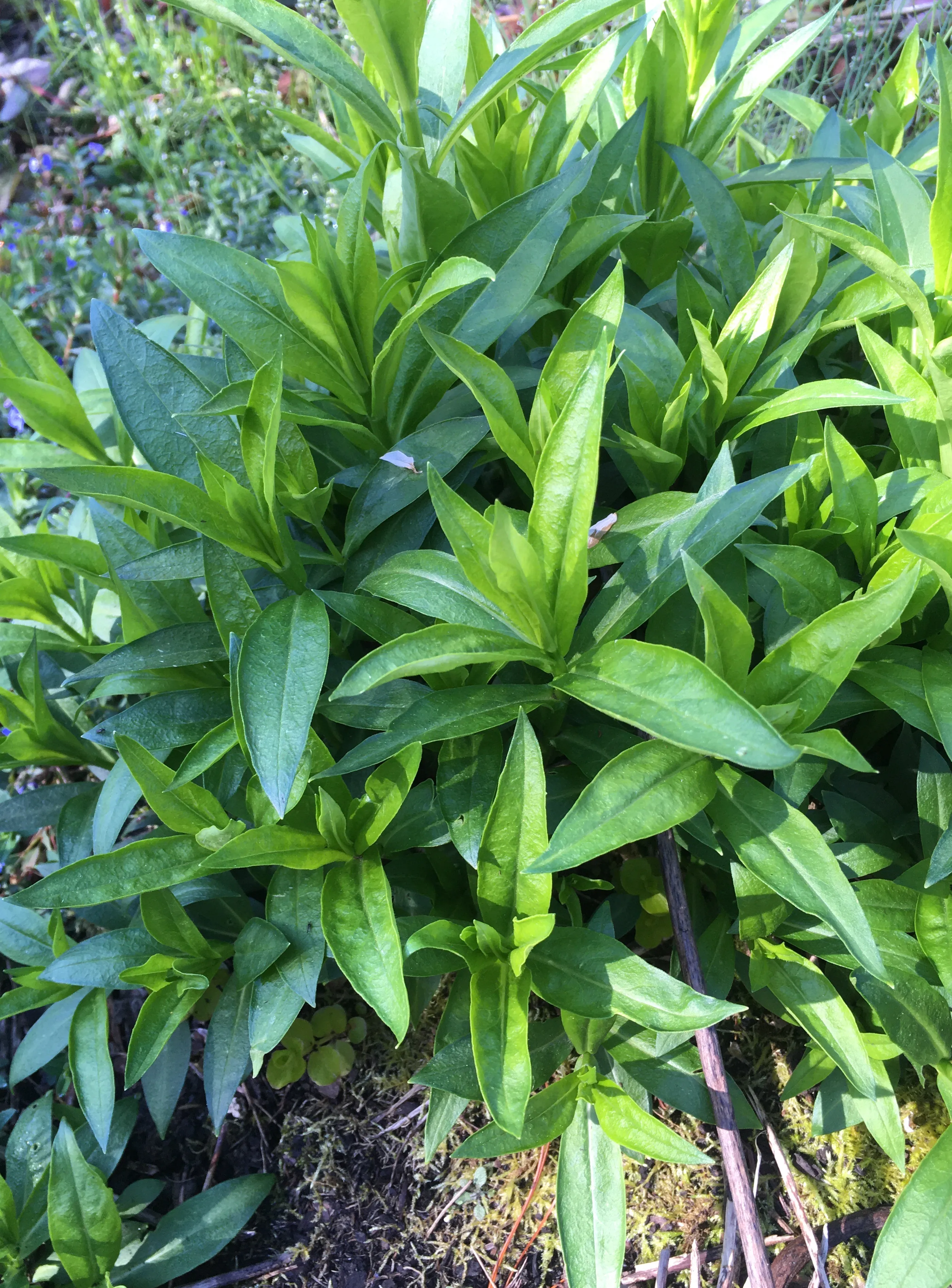
Maltese Cross
Silene chalcedonica
Caryophyllaceae
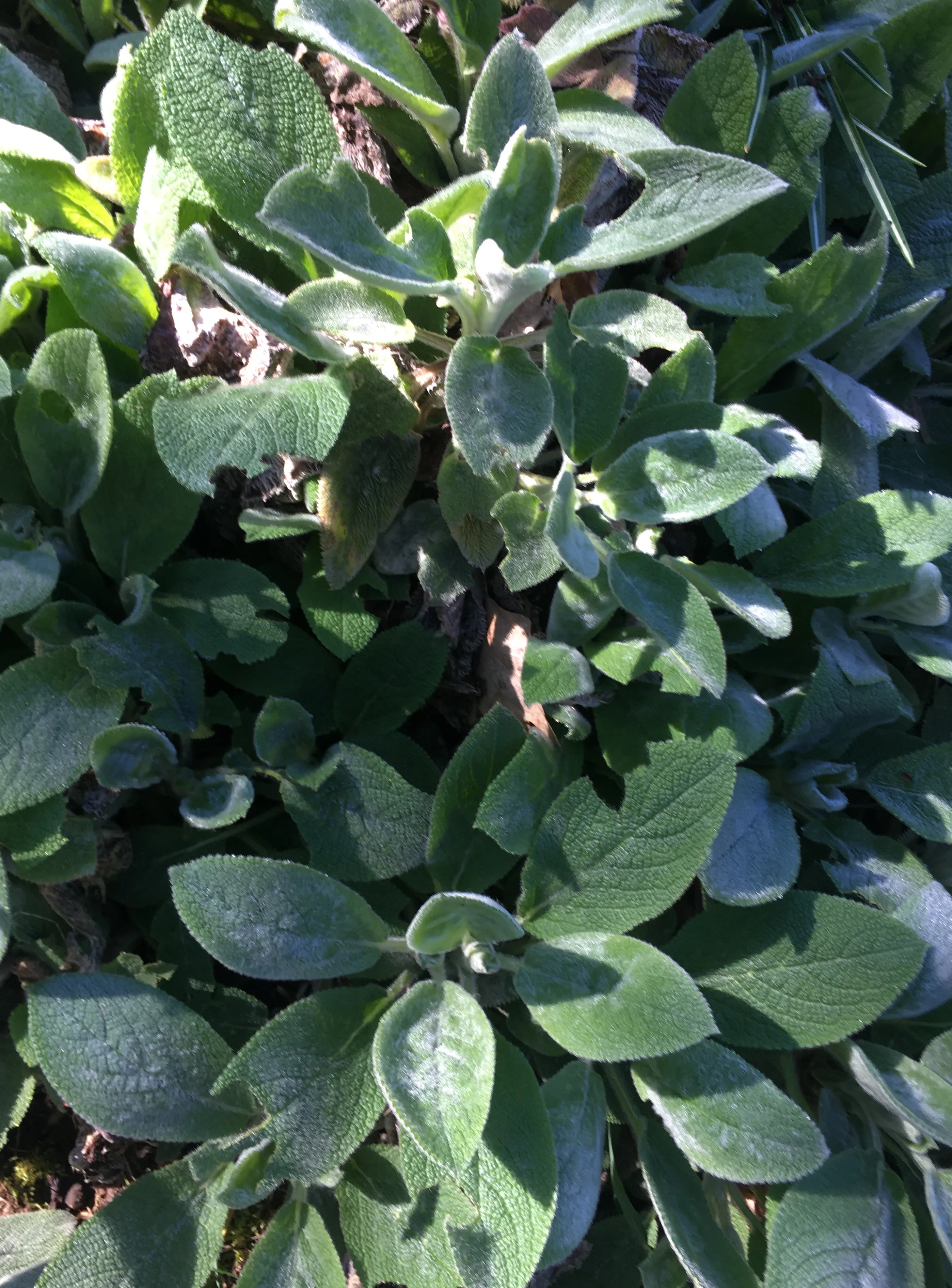
Lamb’s-ear
Stachys byzantina
Lamiaceae
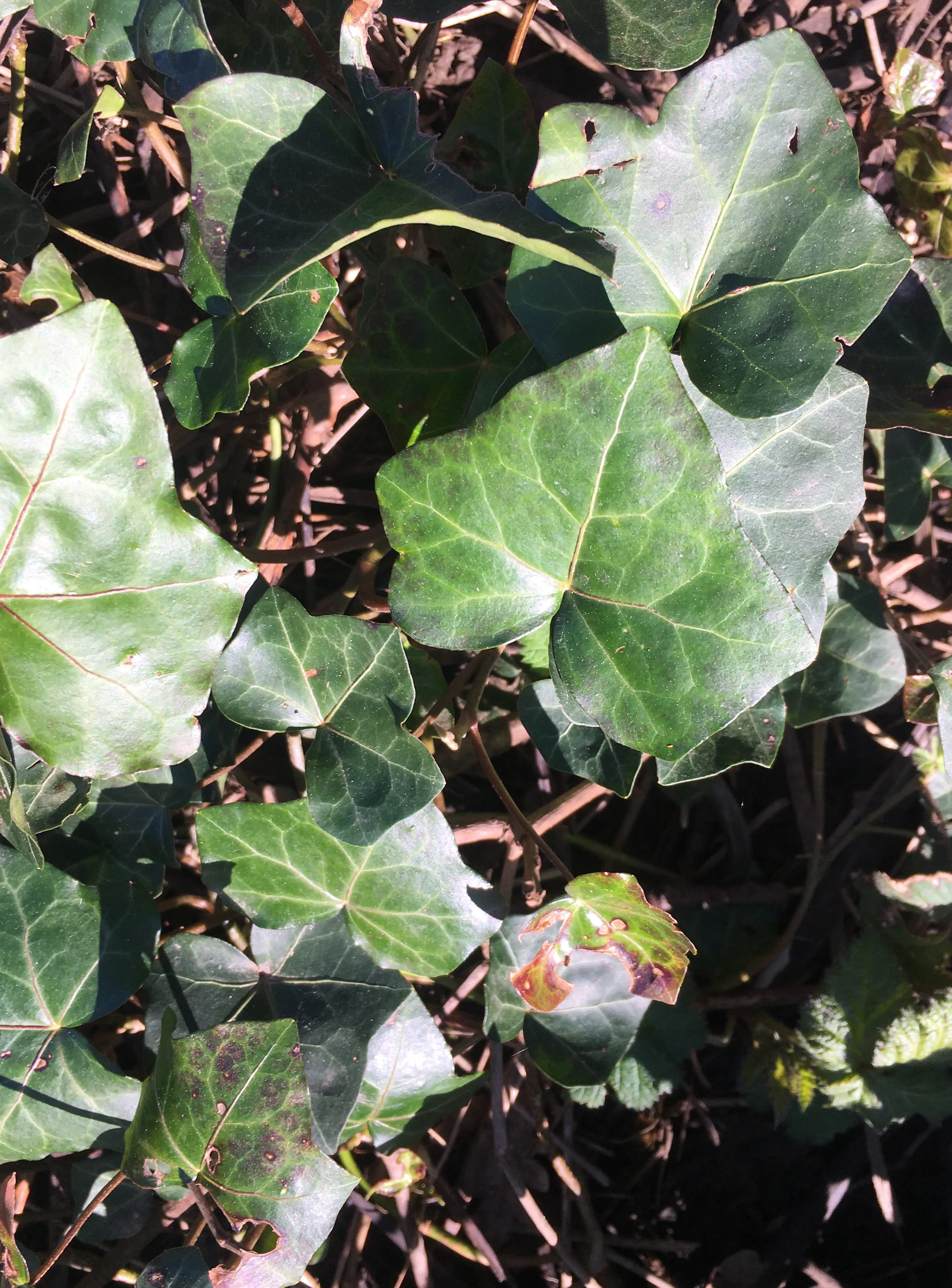
Atlantic Ivy
Hedera hibernica
Araliaceae

Dawn Redwood
Metasequoia glyptostroboides
Cupressaceae
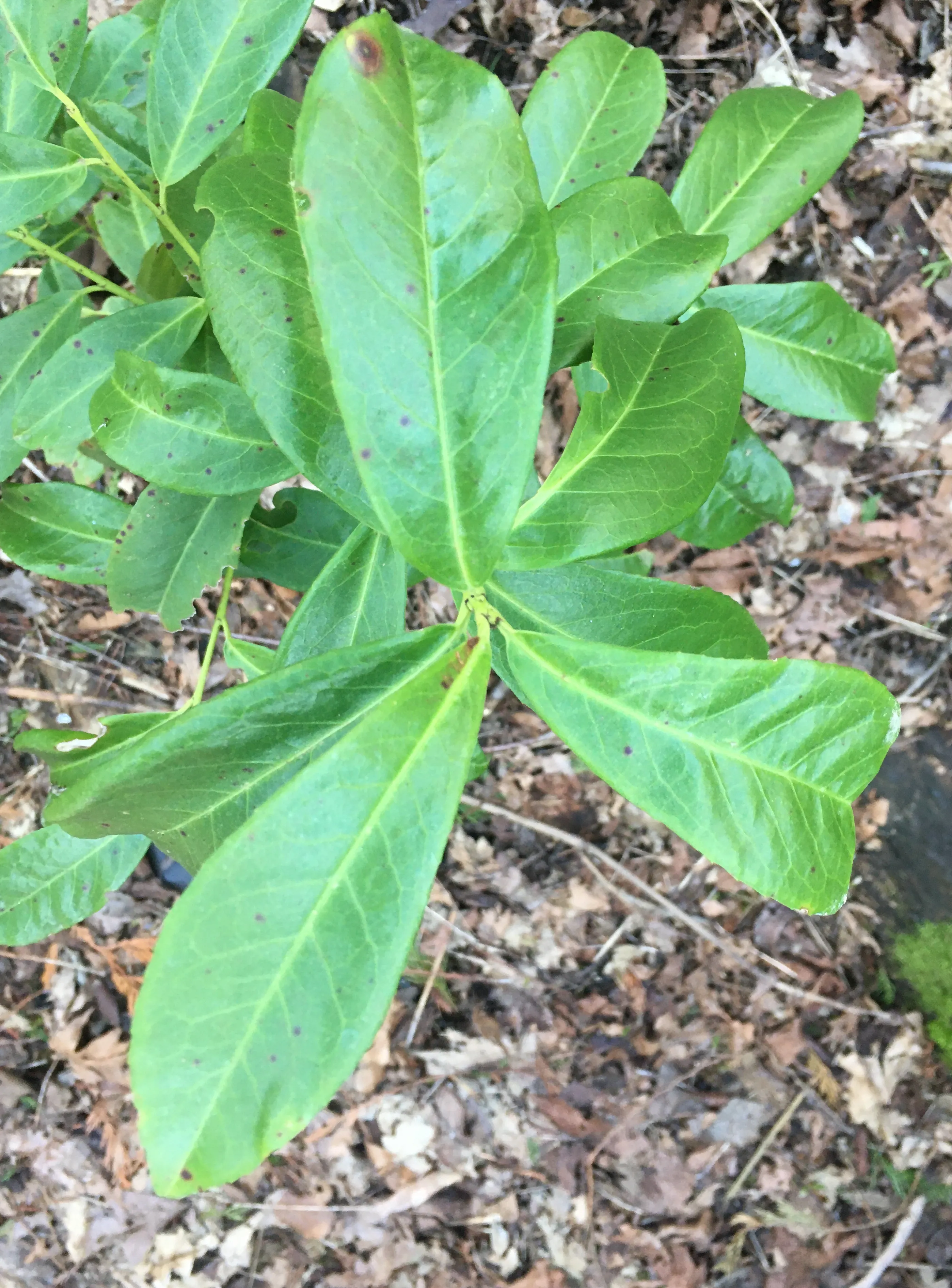
Cherry laurel
Prunus laurocerasus
Rosaceae
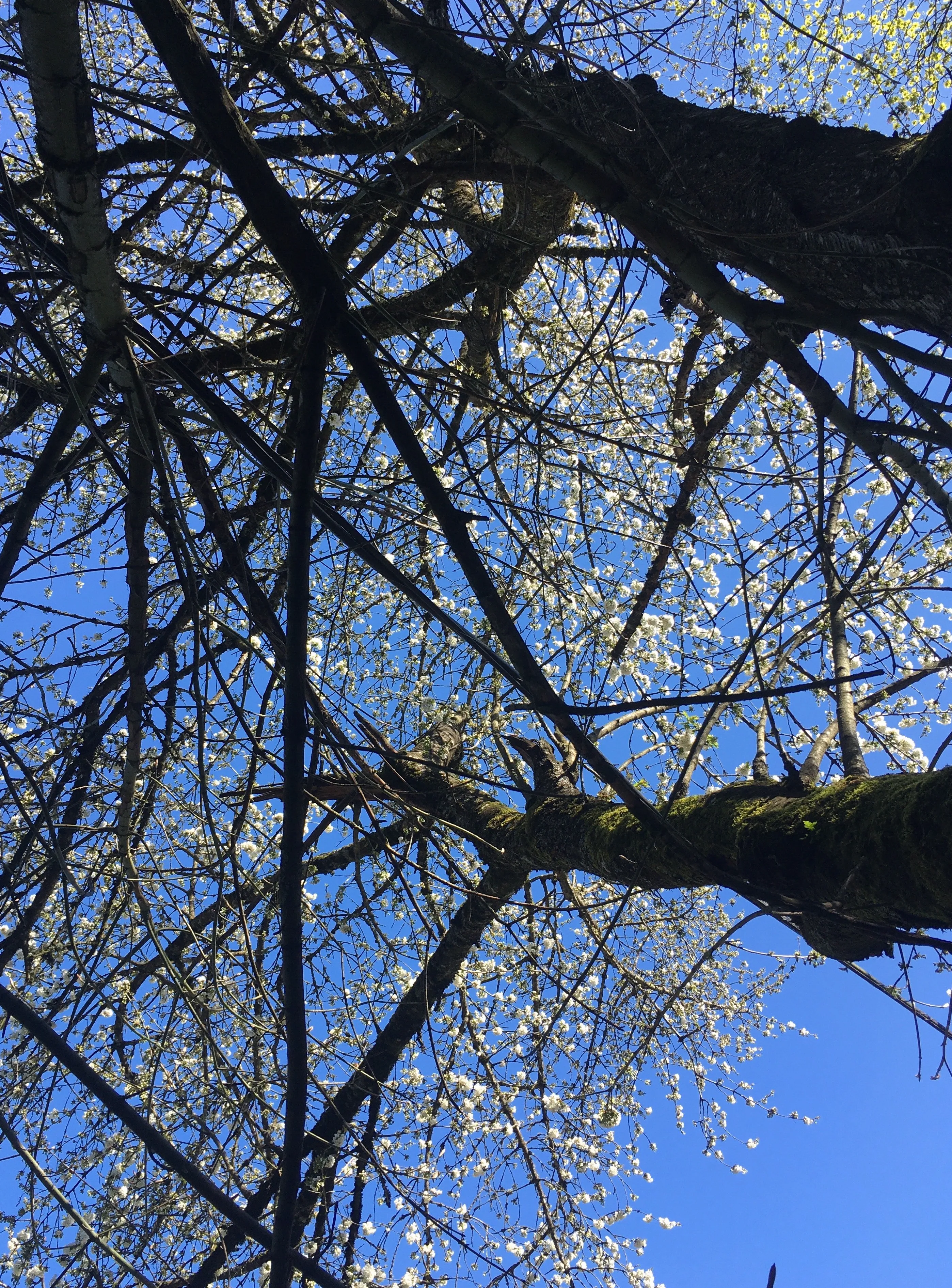
Sour cherry
Prunus cerasus
Rosaceae
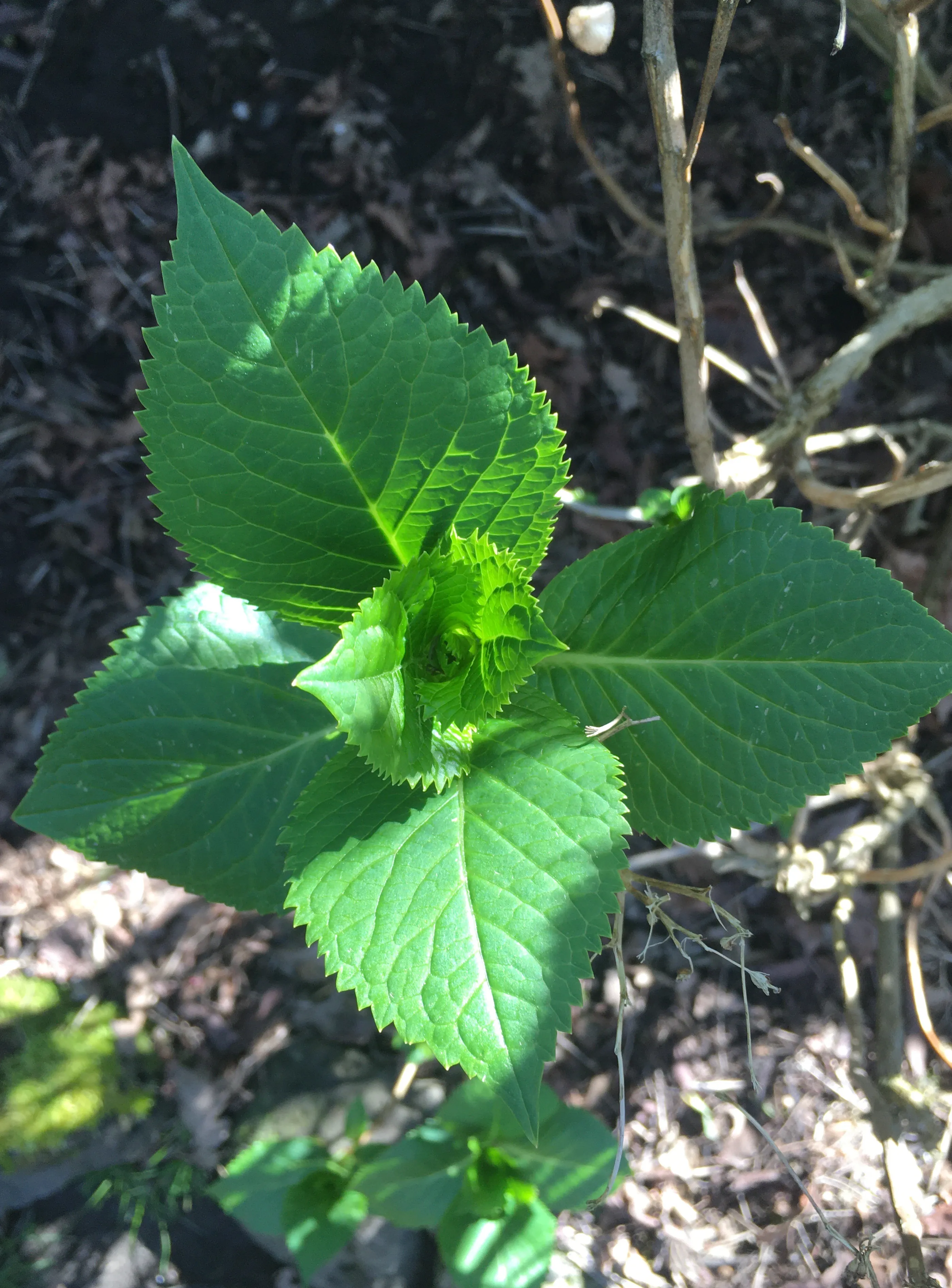
Hydrangea
Hydrangea macrophylla
Hydrangeaceae

Lady fern
Athryium filix-femina
Aspleniaceae
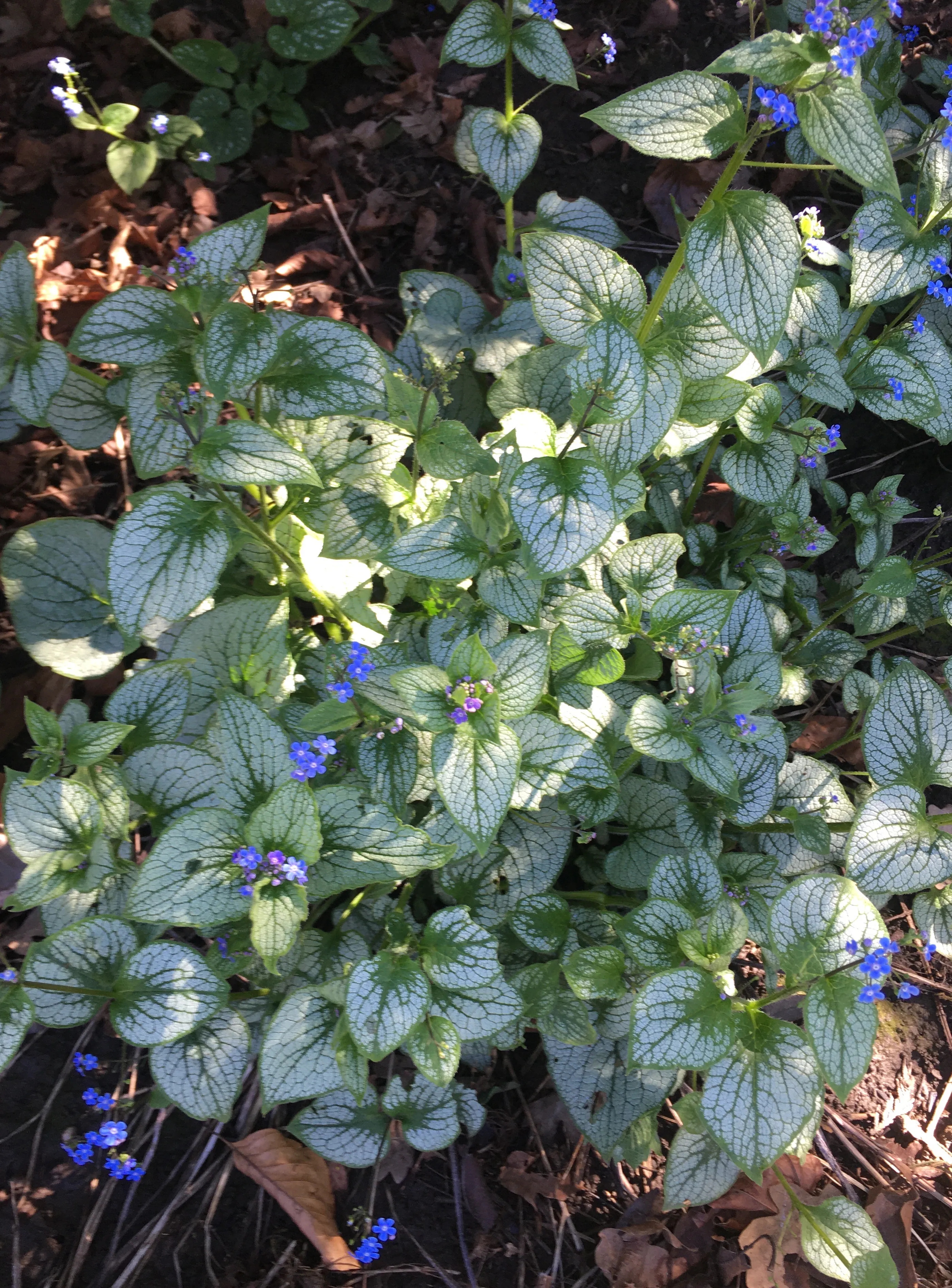
Great Forget-me-not
Brunnera macrophylla
Boraginaceae
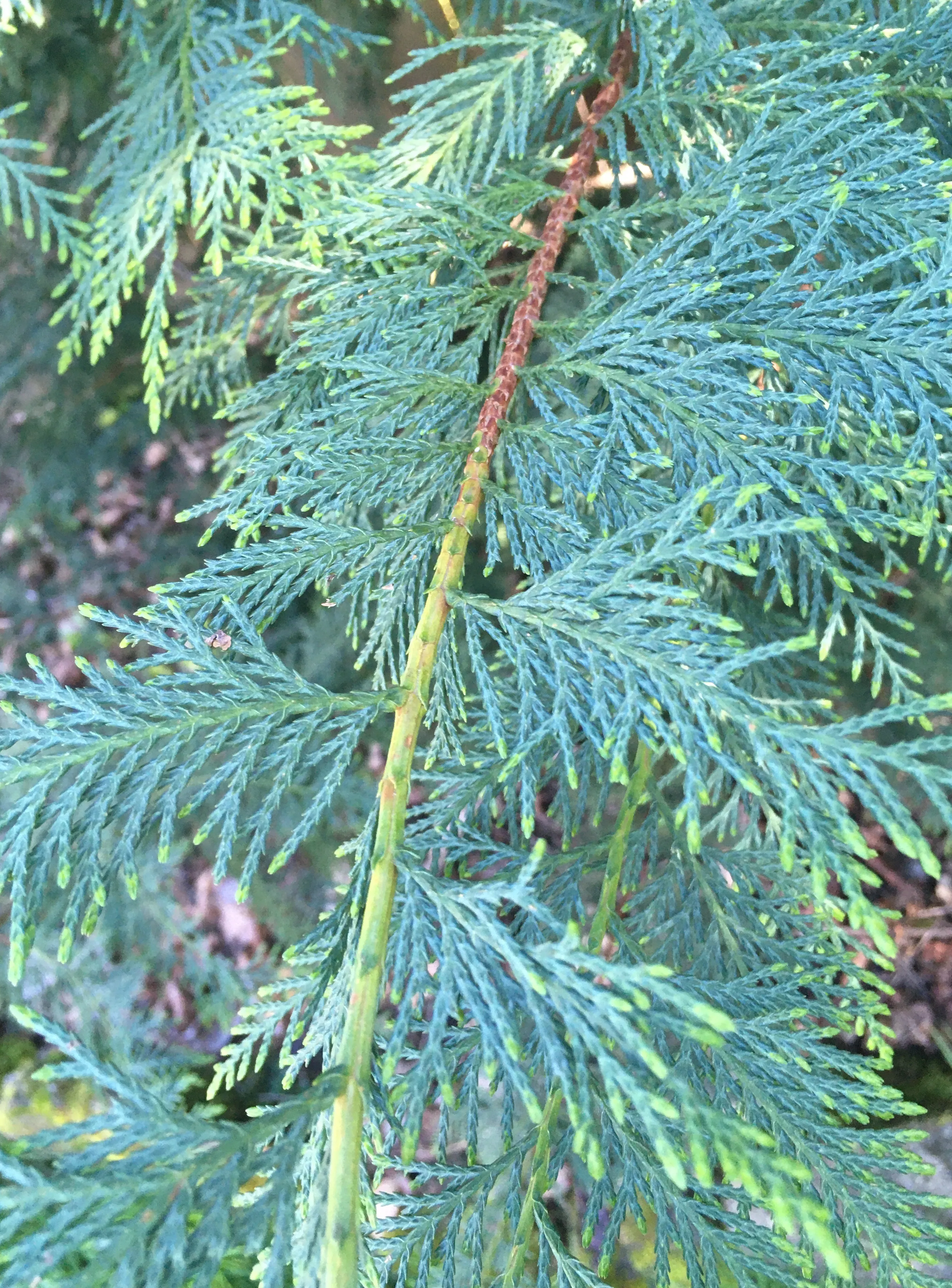
Port Orford-cedar
Chamaecyparis lawsoniana
Cupressaceae
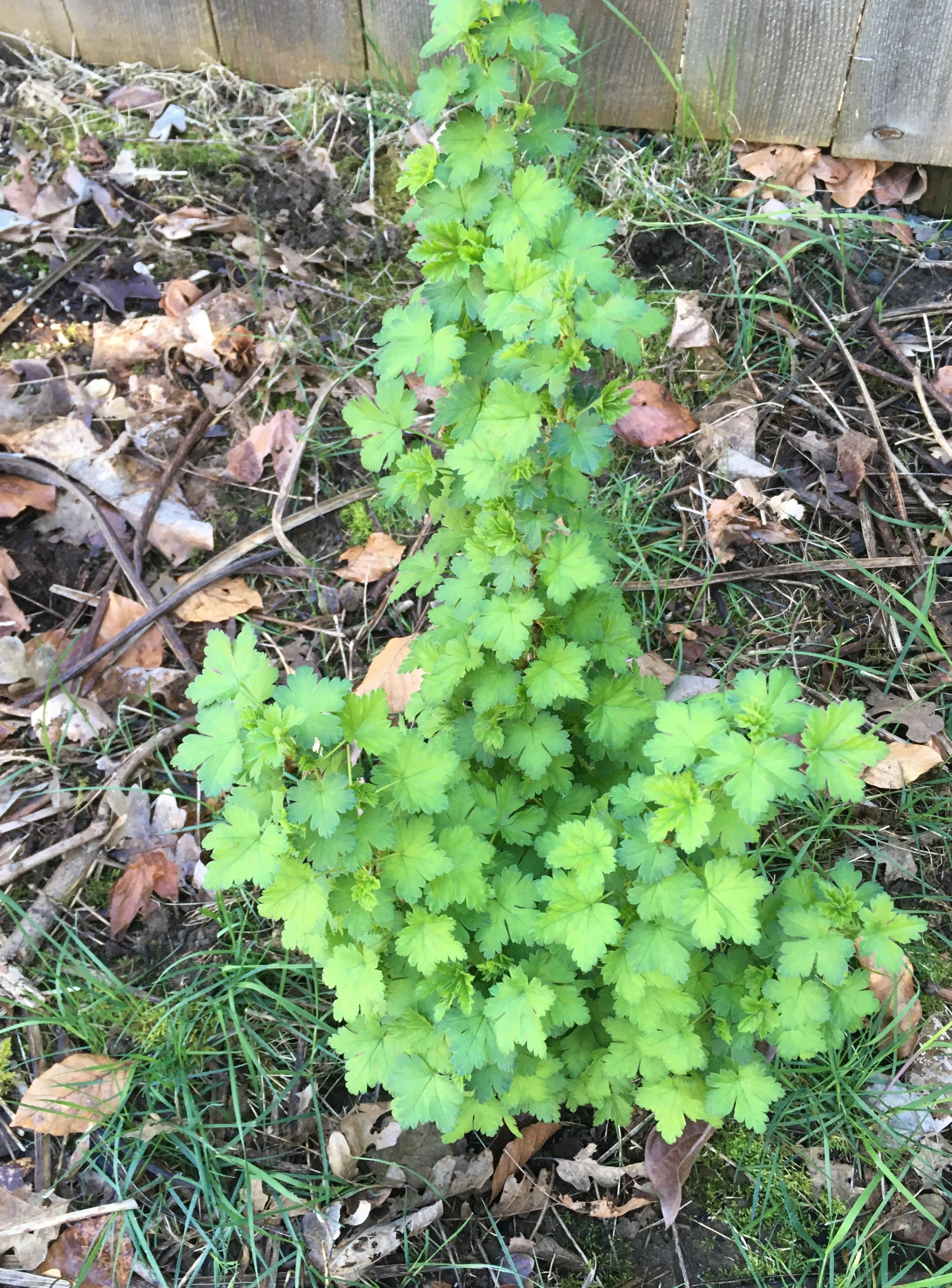
Gooseberry
Ribes uva-crispa
Grossulariaceae
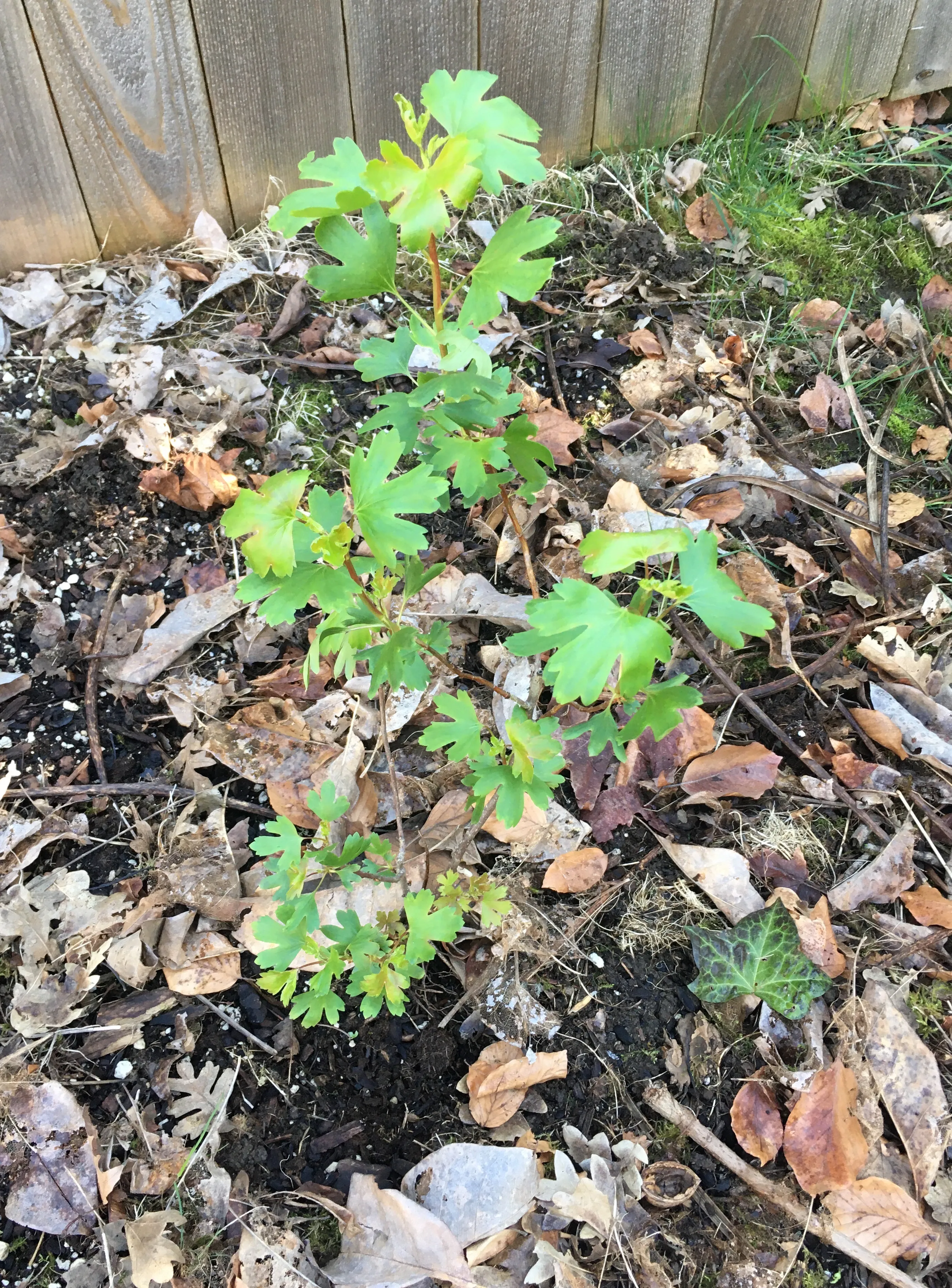
Golden currant
Ribes aureum
Grossulariaceae
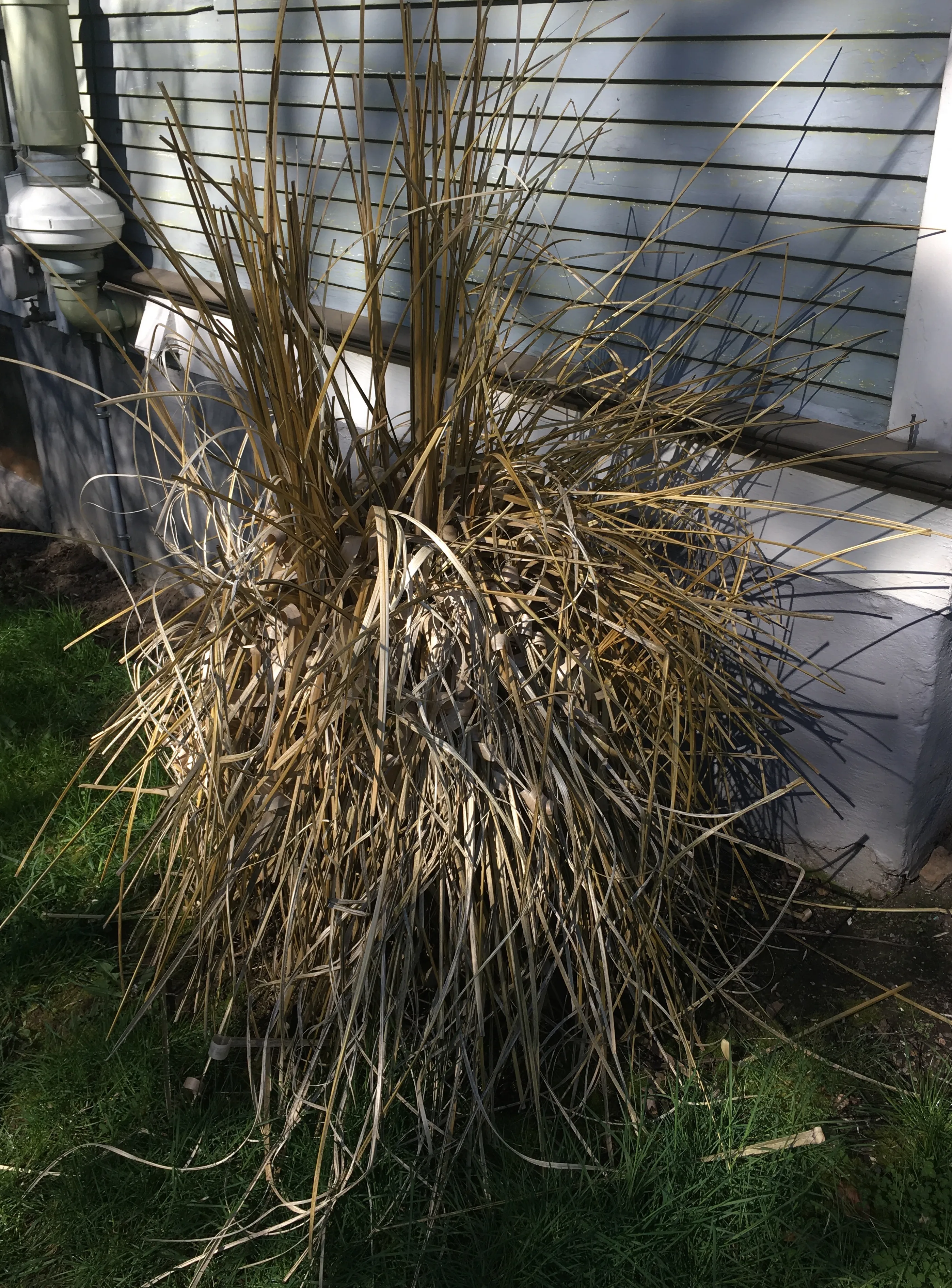
Zebra grass
Miscanthus sinensis
Poaceae

Italian Arum
Arum italicum
Araceae
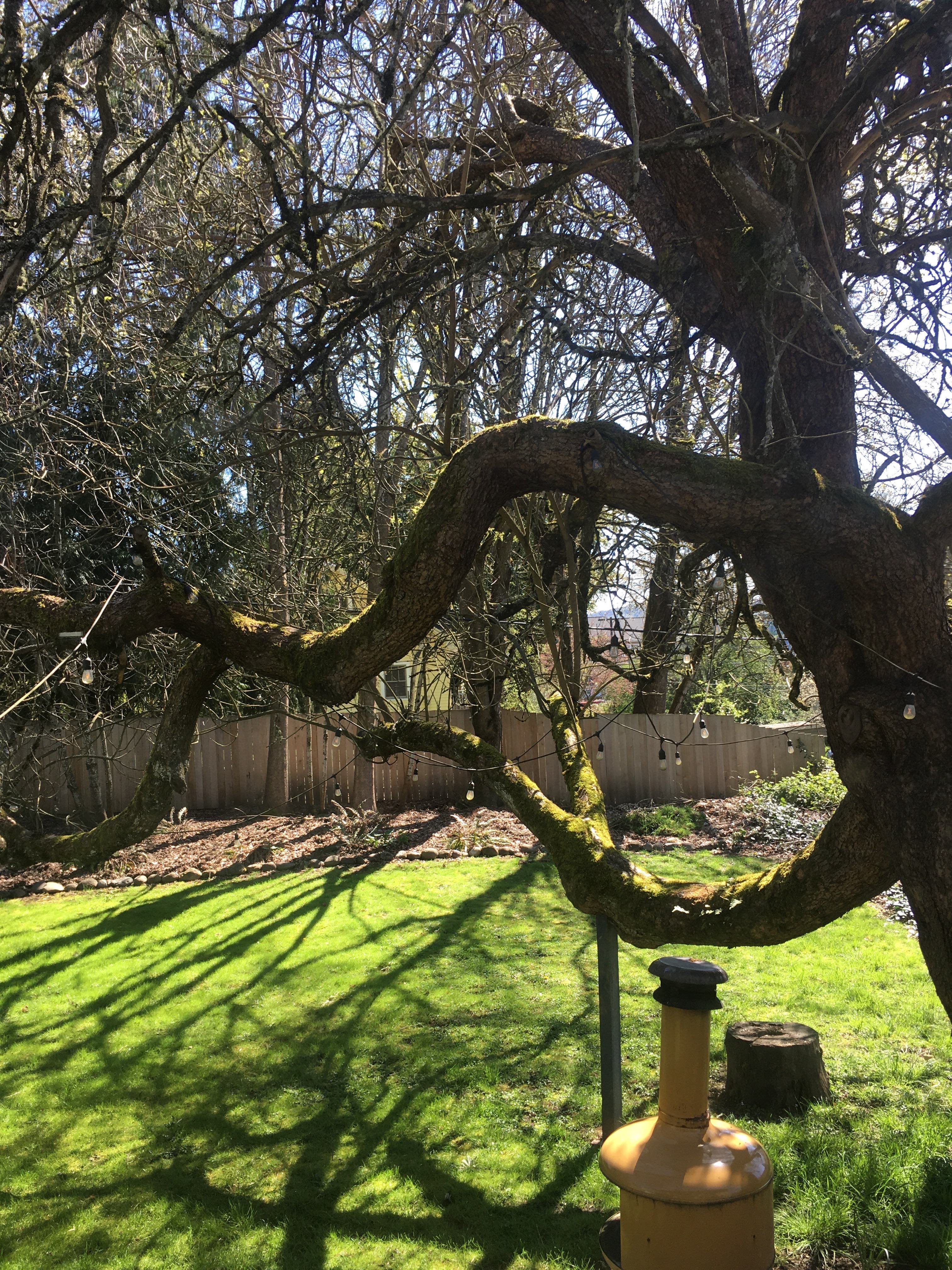
Northern Catalpa
Catalpa speciosa
Bignoniaceae